Mastering balance is crucial for every skateboarder, whether you’re navigating tricky terrain or pulling off sleek tricks. For beginners, maintaining stability on a skateboard can feel daunting, especially when dealing with uneven surfaces or complex maneuvers. However, with the right drills and techniques, anyone can improve their balance and take their skateboarding skills to the next level. This guide dives into essential exercises, drills, and tips designed to help you build a solid foundation of balance, ensuring you stay steady and confident on your board. From using balance boards to perfecting your footwork, we’ll explore proven methods to enhance your equilibrium and elevate your riding game. Whether you’re just starting out or looking to refine your skills, this article offers actionable advice to help you achieve greater control and confidence on your skateboard.
Key Takeaways
- Proper Stance and Weight Distribution: Crucial for achieving and maintaining balance while skateboarding.
- Correct Foot Placement: Adjusting your foot position and evening your weight distribution enhances stability.
- Calm Breathing and Core Control: Keeping composed and engaging your core muscles is vital for maintaining balance.
- Learning from Mistakes: Analyzing each fall can reveal areas for improvement and help refine your balance.
- Board Setup and Terrain: Ensuring your board is set up correctly and practicing on smooth surfaces improves balance.
- Low Stance for Better Reactivity: Dropping into a low stance increases your ability to react swiftly and stay stable.
- Progressive Trick Mastery: Focusing on one trick at a time builds confidence and improves your overall stability.
- Balance Tools Improve Stability: Using tools like balance boards can enhance your off-board stability and overall balance.
- Rest Prevents Burnout and Injuries: Taking regular breaks and resting ensures you stay strong and injury-free.
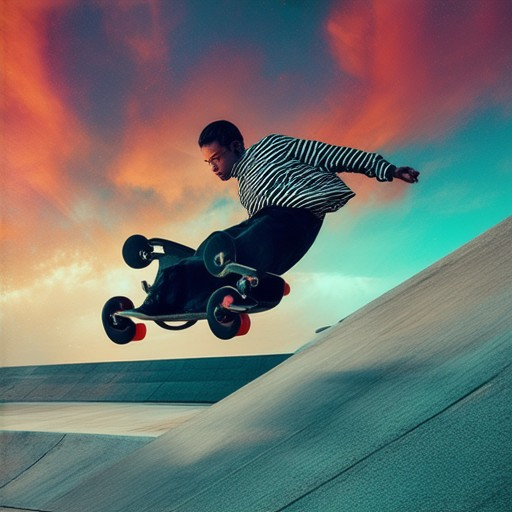
Exercises to Improve Balance for Skateboarding
Balance is crucial for mastering skateboarding, and regular practice can significantly enhance your stability and control. Here are some effective exercises to work on your balance:
1. Single Leg Balance Practice
- Stand on your skateboard with one foot slightly ahead of the other.
- Shift your weight to the front foot and try to maintain your balance for 10-15 seconds.
- Repeat the process, focusing on improving your ability to stay upright and centered.
2. Heel-to-Toe Walk
- Place one foot in front of the other and walk slowly across the board.
- Keep your knees bent and your core engaged to maintain control.
- Practice this movement until it becomes second nature, then increase your speed gradually.
3. Side-to-Side Balance
- Stand on the skateboard with both feet parallel and hip-width apart.
- Shift your weight to one side and gently tilt your upper body in the opposite direction.
- Hold for 5-10 seconds before switching sides and repeat.
4. Mountain and Valley Runs
- Start by standing on the skateboard with both feet parallel.
- Shift your weight back and pretend to “ride” a wave, moving your arms in rhythm with your movements.
- Focus on maintaining your balance as you simulate riding a slope.
5. Balance Pops
- Stand on the skateboard with both feet parallel and slightly apart.
- Shift your weight onto your back foot and pop the nose of the board into the air.
- Land softly with your front foot and repeat, working on your timing and control.
6. Foot Placement Drills
- Practice placing your feet in various positions on the skateboard, such as toe-first, heel-first, and neutral stance.
- Focus on feeling the board beneath your feet and adjusting your position for better stability.
- Move slowly at first and gradually increase your speed as your confidence grows.
Consistent practice of these exercises will help you develop better balance and control, making your skateboarding experience more enjoyable and efficient. Remember to always prioritize safety and take precautions when practicing balance exercises on a skateboard.
How to Improve Skating Balance
To enhance your skating balance, incorporate these proven techniques and strategies:
- Master Foot Placement and Weight Distribution
Maintain a slight forward lean with your feet shoulder-width apart. Distribute your weight evenly between your toes and heels to stabilize your stance. Practice balancing on one foot to build core strength and awareness. - Engage Your Core Muscles
A strong core is essential for maintaining balance. Engage your abdominal muscles and glutes while skating to create a solid foundation. This helps in maintaining control during turns and jumps. - Practice Balance Drills
Incorporate balance-focused exercises into your routine. Try standing on one foot for increasing durations, or perform heel-to-toe walks while holding a skateboard. These drills improve coordination and reaction time. - Focus on Body Positioning
Keep your eyes forward and centered. Stay low over the board to maintain visibility and control. A relaxed posture reduces strain and allows for better equilibrium. - Strengthen Your Legs and Ankles
Weak legs and ankles can hinder balance. Strengthen through exercises like squats, lunges, and ankle pumps. Flexibility in your lower extremities is also crucial for maintaining stability. - Warm-Up Before Skating
Start with light cardio and dynamic stretching to prepare your body. A warm-up improves blood flow and flexibility, reducing the risk of injury and enhancing balance. - Experiment with Board Size and Setup
Choose a board size that suits your skill level. Larger boards offer more stability, while smaller ones require better balance. Fine-tune your trucks and wheels for a smoother ride, which indirectly boosts your ability to stay balanced. - Work on Your Mental Focus
Stay calm and composed during tricks or challenging maneuvers. A clear mind allows for better decision-making and control, contributing to improved balance. - Incorporate Feedback and Adjustments
Pay attention to how your board feels underfoot. If you notice instability, adjust your stance or equipment. Regular practice and refinement lead to consistent progress.
By combining these strategies, you can significantly improve your skating balance and enjoy a more confident and controlled riding experience.
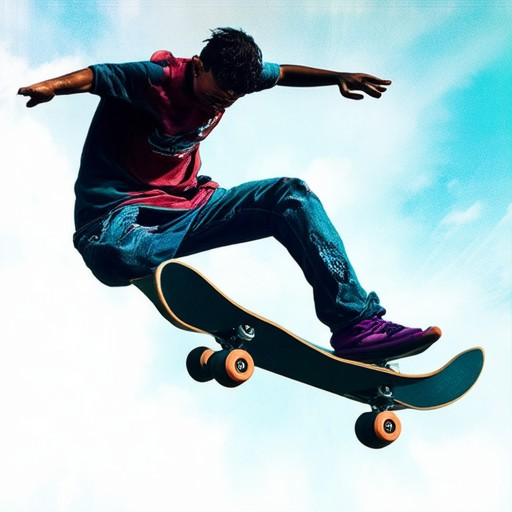
Will Skateboarding Improve My Balance?
Yes, skateboarding can significantly improve your balance. It’s a unique activity that challenges your coordination, stability, and spatial awareness, making it an excellent exercise for enhancing overall balance and control.
Physical Improvements
Skateboarding works multiple muscle groups and requires constant attention to body positioning. Here’s how it helps improve your balance:
- Stability and Coordination : Each move on a skateboard demands precise foot placement and body control. Whether you’re popping a kickflip or grinding a rail, your ability to stay upright and maintain momentum improves your overall balance.
- Vestibular System Engagement : The act of balancing on a moving board activates your vestibular system, which is crucial for maintaining equilibrium. Over time, this can lead to better balance in daily activities.
- Muscular Engagement : Skateboarding engages small muscles in your feet and legs, particularly those responsible for fine motor skills and balance. Regular practice strengthens these muscles, contributing to improved stability.
Mental and Psychological Benefits
Beyond physical improvements, skateboarding also enhances mental focus and confidence:
- Concentration : Balancing on a skateboard requires intense focus. This concentration transfers to other areas of life, boosting productivity and reducing the likelihood of falls or stumbles.
- Confidence Building : Mastering tricks and maneuvers builds self-assurance, which can positively impact other physical activities and daily routines.
Practical Tips for Better Balance
If you’re new to skateboarding or looking to improve your balance, consider these tips:
- Start Slow : Begin with basic stance and movement techniques before attempting more complex tricks.
- Practice Regularly : Consistency is key to developing balance and control. Aim for regular sessions to build muscle memory.
- Focus on Form : Maintain a low center of gravity and keep your eyes forward to stay balanced.
- Use the Right Gear : Proper footwear and a stable board can make a big difference in your balance and comfort level.
Resources for Improvement
Looking to take your skateboarding skills to the next level? Check out our Beginner’s Guide for tips and techniques to get started. For more advanced moves, explore our Trick Tutorials .
By incorporating skateboarding into your routine, you’ll not only have fun but also enjoy better balance and stability in your everyday life.
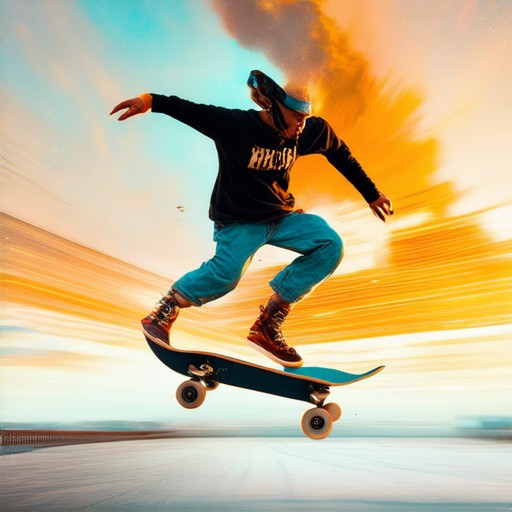
Understanding Why You Can’t Keep Your Balance on a Skateboard
Your struggle with balance on a skateboard likely stems from several factors, including stance, foot placement, control, and board setup. Here’s a breakdown of potential issues and solutions:
1. Stance and Weight Distribution
Your stance plays a crucial role in balance. Aim for a relaxed, natural stance where your weight is evenly distributed between your feet. A common setup is to position the heel of your front foot slightly ahead of your toes. Shifting your weight from your heels to your toes while keeping a slight bend in your knees can enhance stability.
2. Foot Placement
Foot placement is critical. Position your feet according to the type of trick you’re attempting. For example, ollies may benefit from a more front-foot stance, while grinds might require a different setup. Experiment with various positions and observe how your balance improves.
3. Breathing and Control
Stay calm and focused. Proper breathing helps maintain control. Engage your core muscles without tensing up, allowing you to adjust your position swiftly. Remember, relaxation is key to balance.
4. Learning from Mistakes
Every fall offers a learning opportunity. Analyze what went wrong after each attempt. Ask yourself if you lost your center or had poor foot placement. This self-reflection will guide your improvements.
5. Board Setup and Terrain
Consider the board’s shape and wheels, as these can influence balance. Try different boards to see which feels more comfortable. Practice on smooth, flat surfaces to avoid distractions from uneven terrain.
6. Staying Low
Dropping into a low stance, like a quarter-crouch, keeps you closer to the ground, making it easier to react to changes. Incorporate this into your practice routine for better stability.
7. Progressive Learning
Master one trick at a time. Build confidence and skill gradually. Skipping steps can lead to frustration and instability. Celebrate small victories to stay motivated.
8. Using Tools for Improvement
Consider using balance tools like a balance board or trainer wheels to enhance your off-board stability. Strengthening exercises can also improve your overall balance and control.
9. Avoiding Injuries
Listen to your body. Take rest days when necessary to prevent burnout and injuries. Healing ensures you return stronger and more balanced.
By addressing these aspects, you’ll develop better balance and eventually master those tricky maneuvers. Stay patient, persistent, and enjoy the process of improving your skills.
Why Am I So Wobbly On My Skateboard?
Your wobbly sensation on the skateboard could stem from various factors, each contributing uniquely to your riding experience. Here’s a breakdown of potential causes and solutions:
- Board Setup: Check if your trucks are aligned properly. Misaligned trucks can lead to instability. Inspect the kingpin to ensure it’s centered. Proper alignment ensures stability and control.
- Weight Distribution: Maintain a balanced stance by standing centered and avoiding excessive lean towards one side. Adjust your foot placement to distribute weight evenly.
- Foot Placement and Weight Shift: Ensure your feet are positioned correctly, with weight distributed evenly. Avoid shifting too much weight towards the front foot. Practice distributing your weight more evenly for better balance.
- Skill Level and Technique: Focus on your body positioning and foot movements. Concentrate on slow, controlled moves to build stability before attempting more complex tricks. Consider seeking tips from experienced skaters or watching instructional videos.
- Wear and Tear: Regularly inspect your shoes for grip pads and replace them if worn out. Check the deck for signs of wear or warping, especially from prolonged exposure to sunlight.
- Terrain Factors: Optimize your skating surface. Smooth pavement provides better control, while rougher surfaces may increase instability. Experiment with different terrains to find what suits you best.
- Muscle Strength: Engage in exercises that target leg and core muscles to enhance overall stability and support during skating sessions.
- Technique Adjustments: Review your stance and movement habits. Look for any bad habits, such as inadequate knee bending or upper body posture. Adjustments can significantly improve balance and control.
By systematically addressing each of these aspects, you can identify the root causes of your wobbly sensation and implement improvements to enhance your skating experience. Remember, practice, patience, and attention to detail are key to mastering the perfect balance on your skateboard.
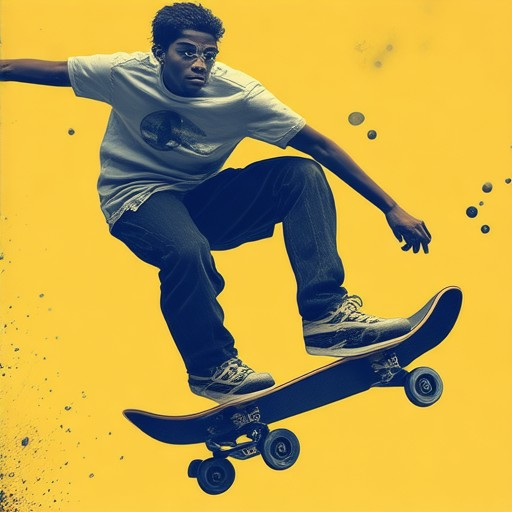
Do balance boards actually improve balance?
Yes, balance boards are effective tools for improving balance and stability. They enhance coordination, spatial awareness, and engage various muscle groups, particularly those responsible for maintaining equilibrium. Regular practice on a balance board can translate to better balance during daily activities and challenging movements.
One of the primary benefits of using a balance board is its ability to target stabilizer muscles, which are crucial for maintaining balance. These muscles often get overlooked in traditional exercises, making balance board workouts a valuable addition to any fitness routine.
Whether you’re an athlete looking to enhance performance or someone aiming to improve everyday mobility, balance boards offer versatile benefits. They are particularly popular among skateboarders and surfers due to their ability to mimic real-world movements and build functional strength.
Kickflip Boards offers a variety of balance training products designed to help users of all skill levels improve their balance. Their selection includes options suited for both casual users and serious athletes, ensuring everyone can benefit from the unique challenges balance boards present.
For more information on how balance boards can improve your balance and to explore Kickflip Boards’ collection, visit their official website: Kickflip Boards .
Additionally, check out their blog for tips on using balance boards effectively and staying updated on the latest trends in balance training.
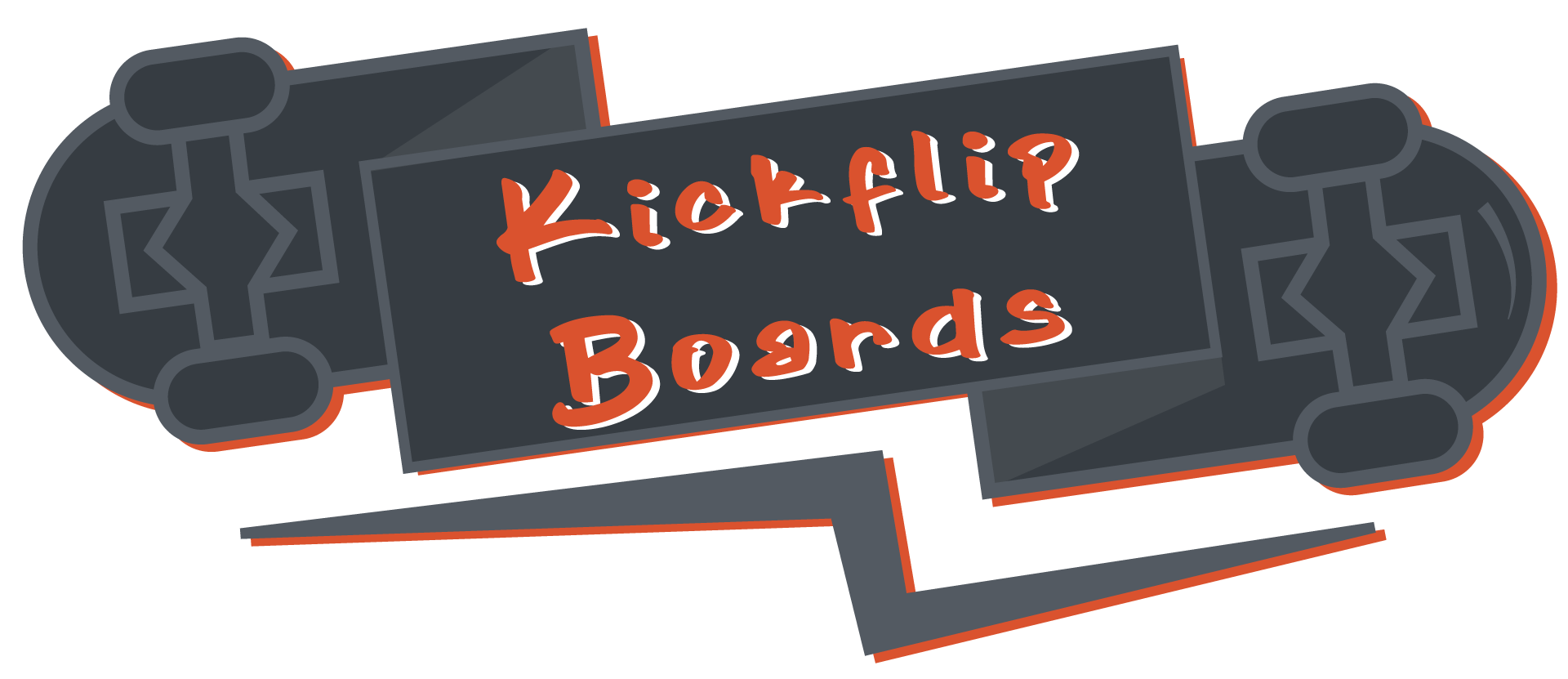



0 Comments